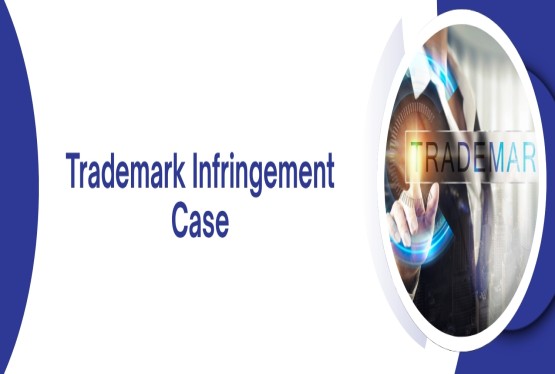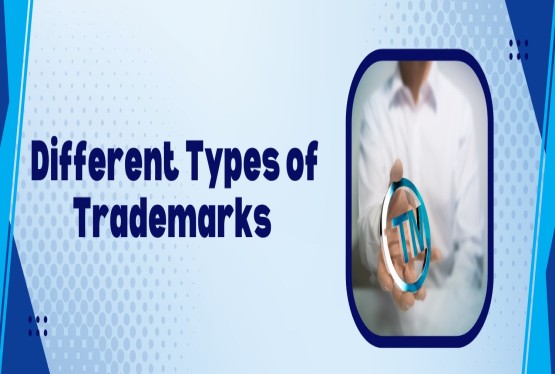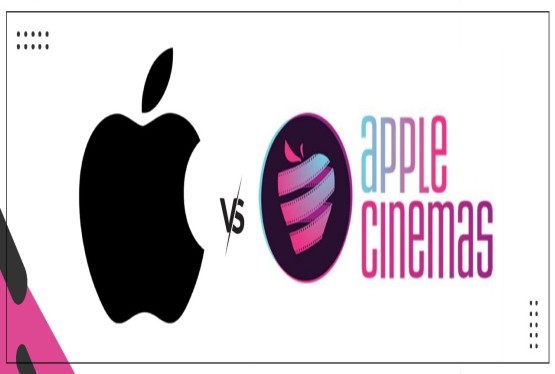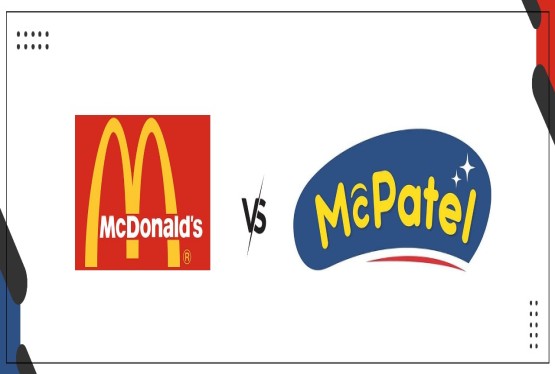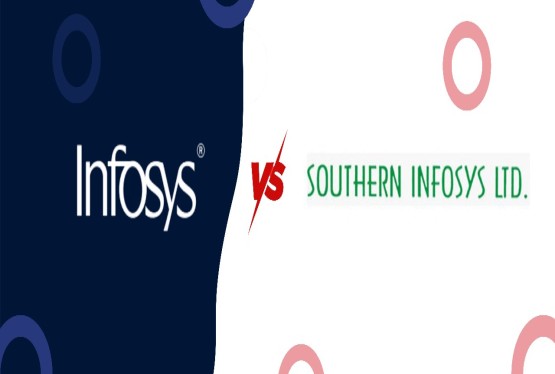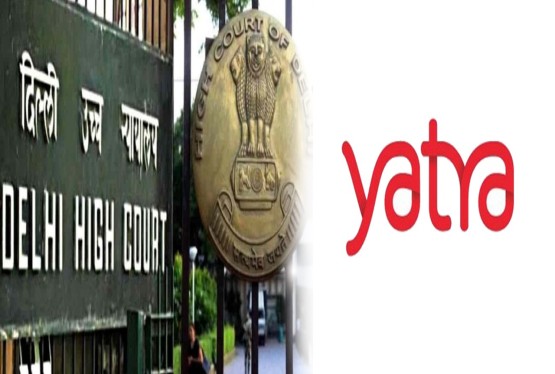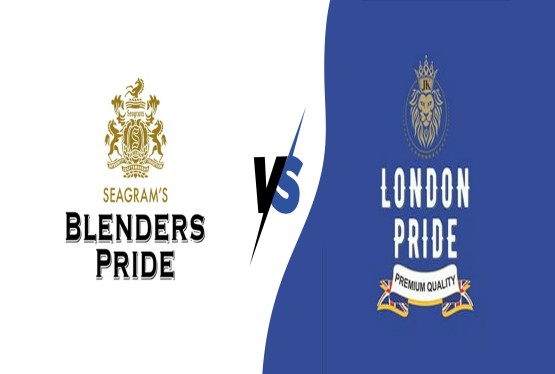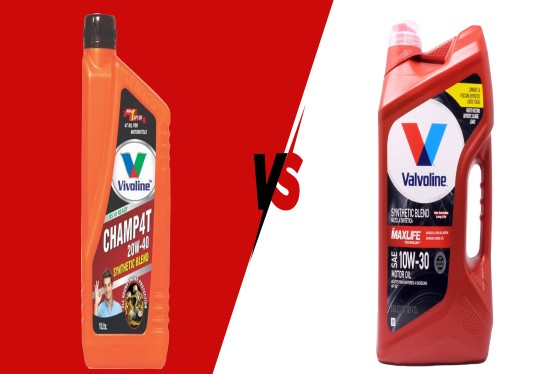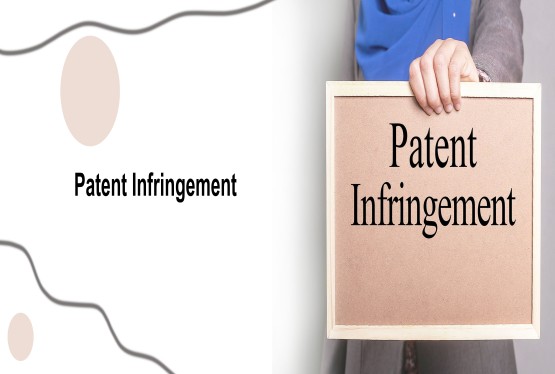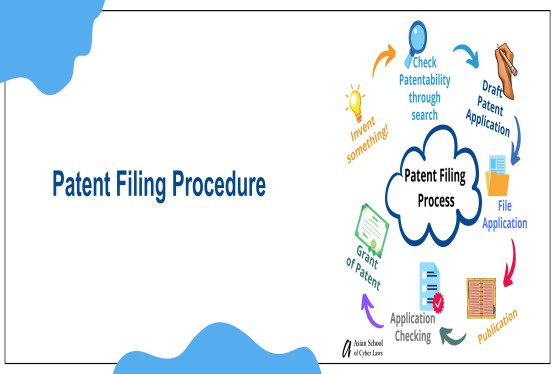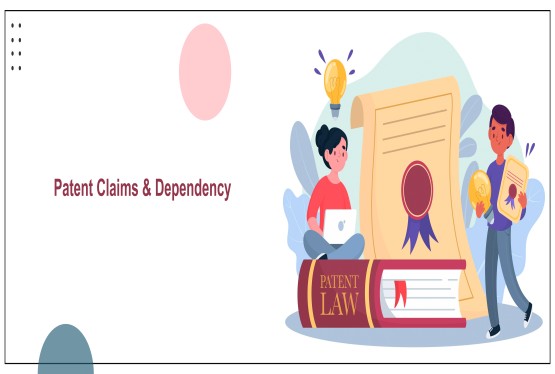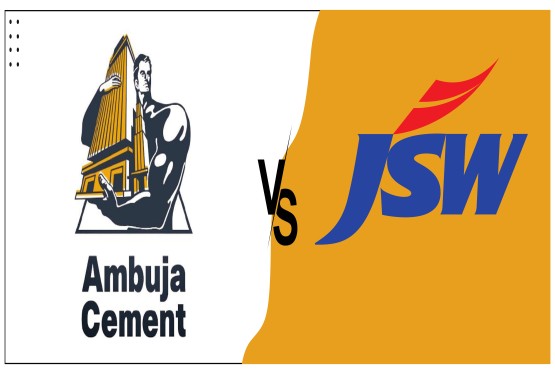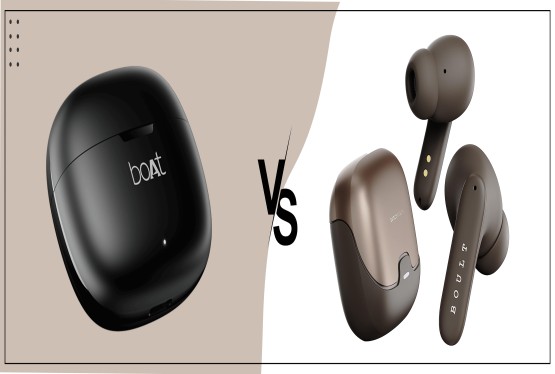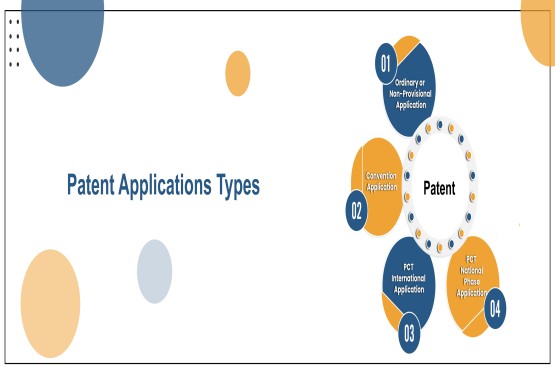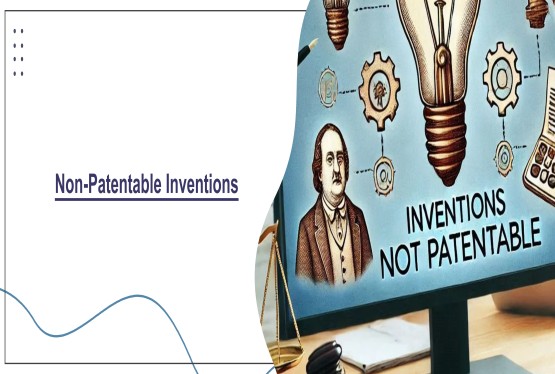Trademark Class 15 under the Nice Classification system is dedicated to musical instruments and related goods. This classification covers a broad range of products, including string instruments, wind instruments, percussion instruments, electronic instruments, and various parts and accessories. The importance of trademark protection in Class 15 lies in its ability to preserve the distinctive identity of musical instrument manufacturers, ensuring that consumers can identify the source and quality of the products they purchase. In India, the Trade Marks Act, 1999 serves as the primary legal framework for the trademark registration and protection of trademarks, including those in Class 15. This article explores the legal provisions, case law, and challenges related to trademark protection for musical instruments in India.
Overview of Trademark Class 15 in India
Class 15 includes a wide range of musical instruments and accessories, some of which are outlined below:
1. Stringed Musical Instruments: Guitars, violins, harps, cellos, and similar instruments.
2. Wind Instruments: Flutes, trumpets, saxophones, clarinets, and other instruments that produce sound through air vibration.
3. Percussion Instruments: Drums, cymbals, tambourines, xylophones, and other instruments that produce sound through striking or tapping.
4. Electronic Musical Instruments: Keyboards, synthesizers, electric guitars, and other electronically enhanced instruments.
5. Parts and Accessories: This includes items like instrument strings, reeds, mouthpieces, drumsticks, tuners, and cases.
In India, businesses involved in manufacturing, selling, or distributing musical instruments are eligible to register their trademarks under Class 15 to protect their brand identity. Trademark registration not only prevents unauthorized use of a mark but also helps maintain quality standards and consumer confidence.
Legal Framework: The Trade Marks Act, 1999
Trademark registration and protection in India are governed by the Trade Marks Act, 1999. This legislation provides the foundation for securing trademarks for musical instruments and related goods under Class 15. The following key provisions of the Trade Marks Act are particularly relevant for businesses in Class 15:
(a) Section 2(1)(zb): Defines the term "trade mark" as any mark capable of distinguishing the goods or services of one person from those of another. This broad definition ensures that businesses in the musical instrument industry can register marks that are capable of distinguishing their products in the market.
(b) Section 9: Outlines the absolute grounds for refusal of registration, including trademarks that are devoid of distinctiveness or are merely descriptive. For example, the mark “Guitar” may be considered descriptive and not eligible for trademark protection unless it is shown to have acquired distinctiveness through extensive use or has a secondary meaning.
(c) Section 11: Provides the grounds for refusal of registration based on existing conflicts with other registered trademarks. In Class 15, where there may be overlapping terms or designs used across various instruments, this provision helps ensure that a mark does not infringe upon the rights of another brand.
(d) Section 18: Specifies the process for filing a trademark application. Applicants in Class 15 must clearly describe the musical instruments and accessories they are seeking to register and submit the appropriate documents. This section sets out the steps for the examination of applications, opposition, and registration.
(e) Section 32: Grants the owner of a registered trademark exclusive rights to use that mark in relation to the specified goods or services. For businesses in Class 15, this provision ensures that their trademarks are legally protected against trademark infringement by unauthorized third parties.
The Trademark Registration Process for Musical Instruments
The process of registering a trademark under Class 15 follows the standard procedure prescribed by the Trade Marks Act, 1999. Below are the steps involved in the registration process for musical instruments and related goods:
(a) Step 1: Filing the Application: The first step in the trademark registration process is filing an application with the Controller General of Patents, Designs, and Trade Marks (CGPDTM). The applicant must specify the trademark they wish to register and describe the musical instruments or accessories covered by the application. The application must also include details such as the applicant’s name, address, and the goods under Class 15 for which the mark is being used.
(b) Step 2: Examination of the Application: After submission, the Registrar examines the trademark application to ensure compliance with the provisions of the Trade Marks Act. This includes assessing the distinctiveness of the mark, ensuring it is not descriptive or generic, and checking for conflicts with existing trademarks.
(c) Step 3: Publication in the Trade Marks Journal: If the application passes the examination stage, it is published in the Trade Marks Journal. This publication allows other parties to file an opposition if they believe that the proposed mark is similar to their existing registered trademarks.
(d) Step 4: Opposition (If Any): If an opposition is filed, the applicant is given the opportunity to defend the registration. The matter may be referred to the Registrar for a hearing, and the final decision will be based on the merits of the opposition.
(e) Step 5: Registration: If no opposition is filed or if the opposition is resolved in favor of the applicant, the trademark is registered. The applicant then gains exclusive rights to use the trademark in relation to the specified musical instruments or goods.
Judicial Precedents in Indian Trademark Law
Indian case law has played a significant role in interpreting the provisions of the Trade Marks Act, 1999, particularly in relation to trademarks for musical instruments and related goods. Below are some relevant precedents that illustrate how Indian courts have dealt with trademark disputes in this sector:
a) Philips Electronics India Ltd. v. K.D. Ramaswamy (2003)
In this case, the Delhi High Court considered the issue of "distinctiveness" in the context of a trademark application. Philips, a well-known electronics and musical instrument brand, sought to protect its trademark for certain musical equipment. The Court ruled that the mark could be registered as it had acquired secondary meaning in the market, despite being descriptive at the outset. This judgment highlights the importance of secondary meaning in obtaining trademark protection, especially for businesses in Class 15, such as musical instrument manufacturers.
b) Tata Sons Ltd. v. M/s. Tanishq (2003)
This case involved a dispute between Tata Sons’ well-known jewelry brand Tanishq and another jewelry company that was using a similar mark. The Supreme Court held that when a well-known mark is used in a manner likely to cause confusion or deceive consumers, it can be protected even if the mark is not identical. This case illustrates the application of the "passing off" doctrine, which is relevant in the context of musical instruments as well. For example, if another company sells counterfeit musical instruments using a name similar to a recognized brand, the established brand can seek relief.
c) Wipro Ltd. v. Wipro Enterprises Ltd. (2017)
While not directly related to musical instruments, this case discussed the concept of "deceptive similarity" in trademarks. The Delhi High Court ruled that two companies could not use similar names if it caused confusion in the minds of consumers. For the musical instrument industry, this principle is significant as many companies use similar names or logos, and ensuring that trademarks are not deceptively similar is essential for maintaining a competitive edge.
d) Harman International Industries, Inc. v. Saregama India Ltd. (2016)
This case concerned the trademark of Saregama, an Indian music label, and Harman International, a well-known audio equipment manufacturer. The dispute was about the use of certain marks on electronic musical instruments. The Court emphasized that well-known brands have a broader scope of protection and can prevent the use of similar marks even if the products are in different categories. This principle would apply to musical instrument trademarks as well, where brand recognition plays a crucial role in market protection.
Challenges in Trademark Registration for Musical Instruments
While the legal framework in India provides ample protection for trademarks under Class 15, businesses in the musical instrument sector face several challenges in the registration process:
-
Distinctiveness: One of the primary challenges is proving the distinctiveness of the trademark. Generic or descriptive marks such as "Electric Guitar" or "Wooden Flute" may not be registrable unless they have acquired distinctiveness through continuous use in the market.
-
Competition: The musical instrument market is highly competitive, with many brands offering similar products. This increases the likelihood of trademark disputes, especially when marks are similar or overlapping.
-
International Protection: Musical instrument manufacturers that operate globally face the challenge of obtaining trademark protection in multiple jurisdictions. India’s adherence to the Paris Convention and TRIPS facilitates international protection, but navigating the complexities of global trademark laws remains a significant challenge for Indian businesses.
Conclusion
Trademark protection under Class 15 is essential for businesses involved in manufacturing, selling, or distributing musical instruments and related goods. The Trade Marks Act, 1999 provides a strong legal framework for registering and protecting trademarks in India. However, businesses must overcome challenges such as proving distinctiveness, navigating competition, and securing international protection. Judicial precedents in India have reinforced the importance of distinctiveness, consumer protection, and brand identity, ensuring that manufacturers of musical instruments can safeguard their intellectual property. By following the trademark registration process and understanding the legal landscape, businesses can protect their valuable brands and foster consumer trust in the music industry.
Frequently Asked Questions
Q1. What is Trademark Class 15 and what products does it cover?
Ans. Trademark Class 15, under the Nice Classification system, encompasses a wide range of musical instruments and related goods. This includes string instruments (guitars, violins), wind instruments (flutes, trumpets), percussion instruments (drums, cymbals), electronic instruments (keyboards, synthesizers), and various accessories like strings, reeds, mouthpieces, and instrument cases. This classification helps distinguish these goods from others and ensures targeted protection for businesses in this sector.
Q2. What are the key legal frameworks governing trademarks in Class 15 in India?
Ans. The primary legal framework for trademarks in Class 15 in India is the Trade Marks Act, 1999. This Act outlines the criteria for trademark registration, including distinctiveness and grounds for refusal. It also provides for the protection of trademarks from infringement and establishes procedures for registration and enforcement. The Nice Agreement, an international treaty, provides a standardized framework for trademark classification, including Class 15.
Q3. What are some important considerations for businesses seeking to register a trademark in Class 15?
Ans. Businesses seeking to register a trademark in Class 15 should prioritize the following:
(a) Distinctiveness: The trademark must be unique and capable of distinguishing the goods or services of one business from another. Generic or descriptive terms may be difficult to register unless they have acquired secondary meaning through use.
(b) Avoiding Confusion: The mark should not be confusingly similar to existing trademarks, especially those of other musical instrument manufacturers.
(c) Compliance with Regulations: The trademark must comply with the provisions of the Trade Marks Act, 1999, and should not violate any other relevant laws or regulations.
(d) Clear Description: The trademark application must include a clear and accurate description of the musical instruments or accessories covered by the application.
Q4. How can businesses protect their trademarks in Class 15?
Ans. Businesses can protect their trademarks in Class 15 by:
-
Registering the trademark: Registration provides legal protection and allows businesses to enforce their rights against infringers.
-
Monitoring for infringement: Regularly monitoring the marketplace for unauthorized use of the trademark is crucial.
-
Taking legal action: If infringement occurs, businesses can take legal action through civil or criminal proceedings to protect their trademark rights.
-
Staying informed about legal updates: Keeping abreast of changes in trademark law and relevant case precedents is essential for maintaining strong trademark protection.
Q5. What are the challenges faced by businesses in registering and protecting trademarks in Class 15?
Ans. Businesses in Class 15 face several challenges, including:
-
Distinctiveness: Finding distinctive trademarks in the musical instrument industry can be challenging due to the limited vocabulary and the technical nature of the products.
-
Competition: The musical instrument industry is competitive, with many players vying for market share. This can increase the risk of trademark infringement and disputes.
-
Global Protection: Navigating trademark protection across different countries with varying legal frameworks can be complex.






























_(b)_of_the_Trademark_Act,_1999_(1)_crop10_thumb.jpg)



_crop10_thumb.jpg)




























_crop10_thumb.jpg)
_crop10_thumb.jpg)






_crop10_thumb.jpg)








_crop10_thumb.jpg)



_crop10_thumb.jpg)





























_crop10_thumb.jpg)

















_crop10_thumb.jpg)






_crop10_thumb.jpg)











































































































































_crop10_thumb.jpg)




































_crop10_thumb.jpg)












_crop10_thumb.jpg)















































_crop10_thumb.jpg)






